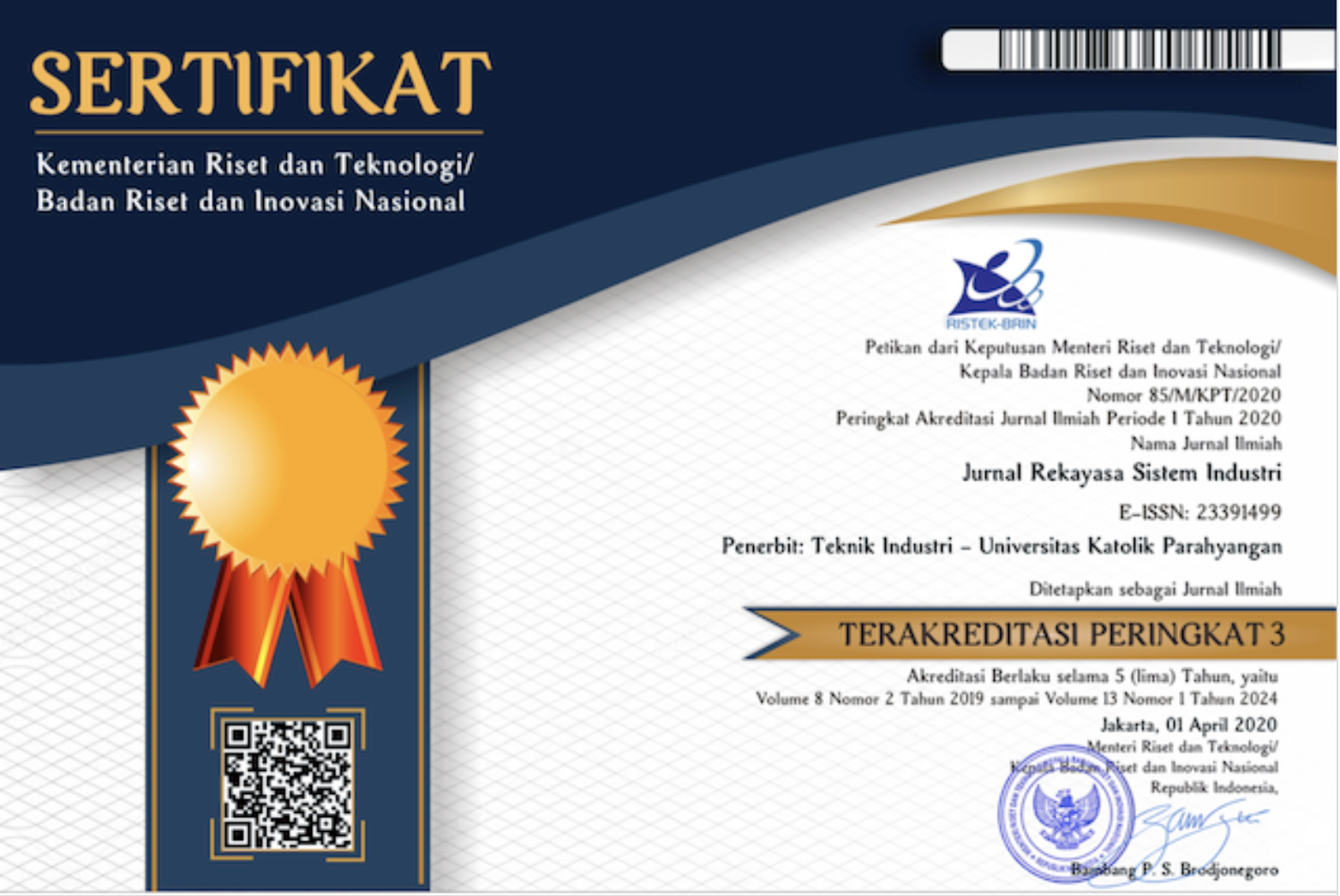Designing Multifunctional and Portable Working Facilities for Working from Home Workers in The Covid-19 Pandemic Period
DOI:
https://doi.org/10.26593/jrsi.v11i2.5660.181-190Keywords:
multifunctions, portable, pandemic, work facilitiesAbstract
During the pandemic period, many people work from home, so work facilities are needed that could support the implementation of their work. However, the body also needs to be kept healthy to stay in shape, for that exercise is needed. The technique used in design development is the Design Thinking method focusing on the integration of user needs. The use of this technique is done by collecting some input obtained from users who are still working from home during the pandemic. Work and exercise that is done in a house that has a limited area that becomes an obstacle. Therefore, it is necessary to design a work facility that also functions as a sports tool, so that it does not require a large room space in the house. The results of the research are in the form of a proposed work facility consisting of a table, chair that can be adjusted in height, and sports equipment which includes a stationary bicycle, arm swivel device, jogging plate, and stepper. the design of the work facilities is made considering the ease of installation and convenience to be carried everywhere (portable) and comfortable when used.References
Bridger, R. S. (2018). Introduction to Human Factor and Ergonomics,. Boca Raton: 4th ed., Taylor And Francis CRC Press.
Chan, J. Y. (2020). “A Familial Cluster of Pneumonia Associated with the 2019 Novel Coronavirus Indicating Person-to Person Transmission: a Study of a Family Cluster”. Lancet, 395, 514e523. https://doi.org/10.1016/S0140 - 6736(20)30154-9.
D. O. N. Diban and L. A. Gontijo. (2015). The complexity of ergonomic in product design requirements. Procedia Manuf., vol. 3, pp. 6169–6174.
Harvard Health. (2021). Calories burned in 30 minutes for people of three different weights. Harvard Health Publishing.
Hussein, A. S. (2018). Metode Design Thinking Untuk Inovasi Bisnis, . Malang, Indonesia: Cetakan pertama, UB Press, .
Kelley, D., & Brown, T. (2018). An introduction to Design Thinking. Institute of Design at Stanford., doi: https://doi.org/10.1027/2151-2604/a000142.
Lopez, V. R. (2016). Relationship between Sport and Physical Activity and Alcohol Consumption among Adolescents Students in Murcia. . Arch. Argent. Pediatr ,114, pp.101–106.
Nurmianto, E. (2008). Ergonomi: Konsep Dasar dan Aplikasinya. . Surabaya. : Penerbit Guna Widya. Ed. 2.
Sekaran, U. (2010). Research Methods for Business. Chichester: John Wiley & Sons.
Yassierli, Titis Wijayanto, Dewi Hardiningtyas, Orchida Dianita, Khoirul Muslim, Wyke Kurmasari. (2020). Panduan Ergonomi "Working From Home". www.pei.or.id: Perhimpunan Ergonomi Indonesia.













